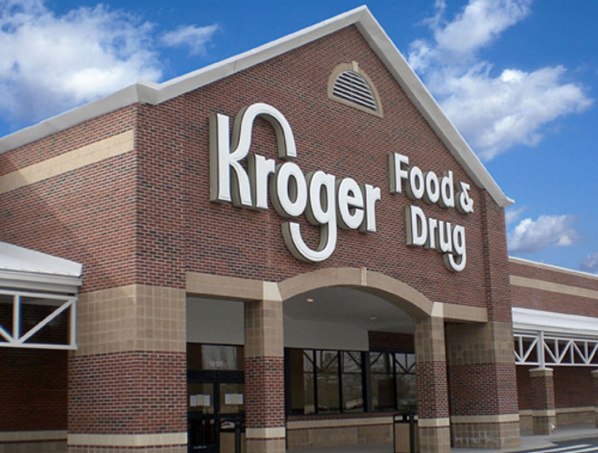US retailers Kroger Co. and Albertons have unveiled an agreement to merge in a deal valued at US$24.6 billion. The deal means the first- (Kroger) and second-largest (Albertsons) US supermarket retailers will join to create a national company with 4,996 stores, 66 distribution centers, 52 manufacturing plants, 2,015 fuel centers and more than 710,000 associates across 48 states and the District of Columbia. The merged entity also would be the fifth-largest retail pharmacy operator, with 3,972 pharmacy locations.
The merger transaction is expected to close in early 2024, pending regulatory approval.
Under the deal, Cincinnati-based Kroger plans to acquire all outstanding shares of Albertsons common and preferred stock for about $34.10 per share. The total enterprise value of the transaction includes the assumption of roughly $4.7 billion of Albertsons’ net debt.

Kroger’s Rodney McMullen, who would serve as chairman and CEO of the merged company, said Albertsons will bring a complementary store footprint and ‘operates in several parts of the country with very few or no Kroger stores.’
Kroger said the combined company will be able to generate sharper customer insights and offer more personalized experiences. With a customer base of about 85 million households, Kroger-Albertsons will have “one of the most comprehensive” first-party data repositories in the food and retail sectors and be able to leverage Kroger’s 84.51° data science arm to develop “an even more compelling” retail loyalty program, with more relevant recommendations and personalized promotions.
By combining Kroger and Albertsons’ technology, infrastructure, and digital and delivery service providers into one seamless ecosystem, the merged company will be able to offer customers a more convenient omnichannel experience, Kroger and Albertsons said. That includes in-store shopping, enhanced pickup capabilities, faster delivery times, and more capabilities to serve customers “anything, anytime, anywhere,” they noted. This capability will stem from shared operational learnings across both large and small store formats, a more extensive and efficient distribution network of customer fulfillment facilities and capabilities, and an expanded pickup footprint.



